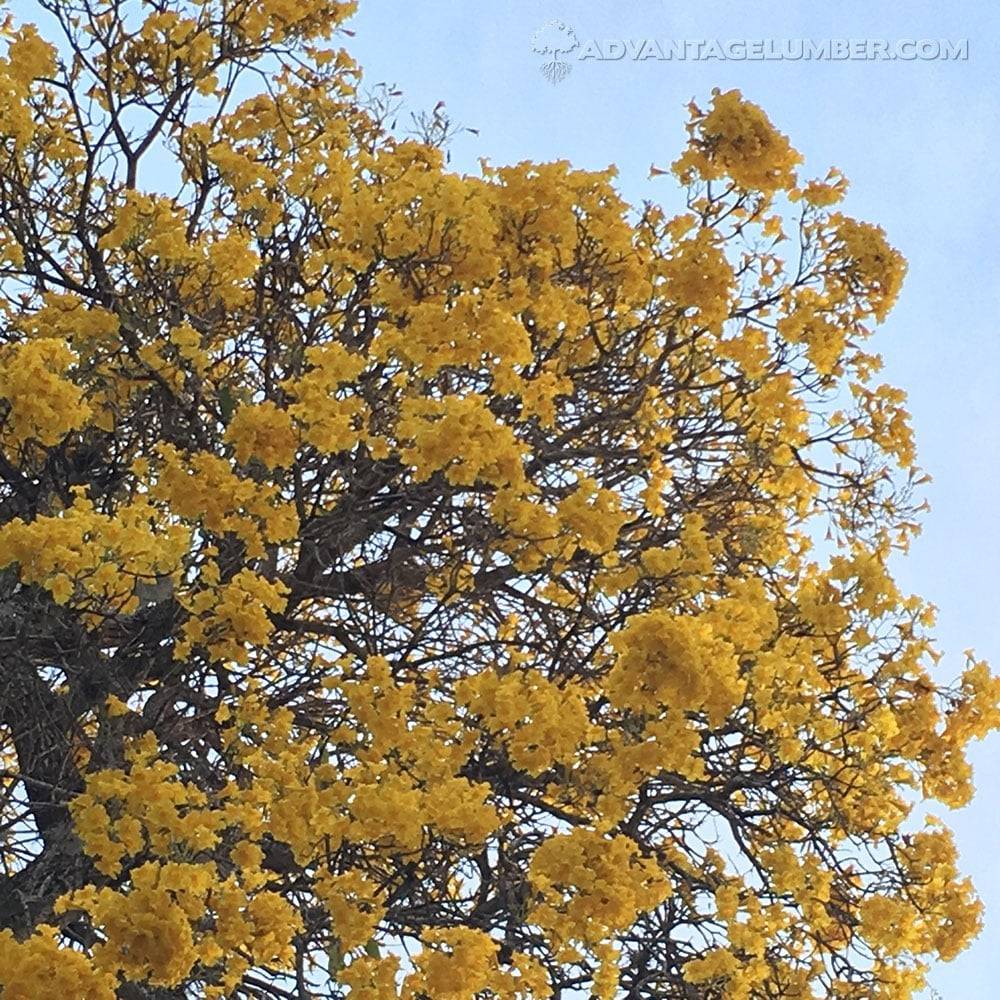What’s the Difference between Nominal and Actual Dimensions?
One of the greatest sources of confusion in the lumber industry is the difference between a board’s nominal dimensions and its actual dimensions. Nominal Dimensions: The Standard Naming Convention Nominal dimensions are the measurements you’re probably used to seeing. They are the names by which lumber is commonly known and sold, found in stores and …
